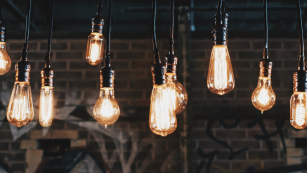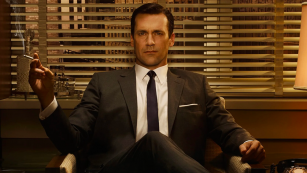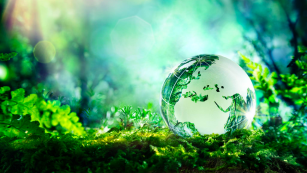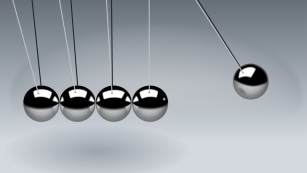McDonald’s making the switch to recycled packaging. Starbucks pushing their plant-based menu options.
These are both examples of sustainable branding. But what does it mean? And does it really change anything?
Sustainable branding is a divisive term among consumers. Some embrace any attempt to save the planet. While others cry “greenwashing” and boycott brand products.
Arguing all they care about is the profit motive.
Whatever you believe, it’s a topic that’s growing in popularity. At breakneck speed.
So here’s everything you need to know about sustainable branding.
According to Forbes, a sustainable brand is one that has:
“[…] integrated environmental, economic and social issues into its business operations.”
Whereas the Wikipedia article says a brand has to champion these values.
“But are they under any obligation to?”
Research suggests consumers look for brands which support the causes they care about. Like renewable energy and “green products.”
So while most are in no rush to change their messaging…
Sustainability is a key part of a prospect’s decision to choose your brand. In fact, 50% of people believe companies should take action on climate change.
And 46% of people say this affects whether they buy.
Yet many brands fake this ethos just to get more customers. Using green-themed logos, “eco-friendly” labelling…
And even bringing out whole new product ranges…
Only to seem like they care about the environment.
A good example of this is fashion giant H & M, whose “conscious” clothing line is in fact far from it.
You see – according to the Changing Markets Foundation…
60% of fashion marketing is misleading.
But when it comes to H & M, a whopping 96% of their claims are untrue.
And here are two more high-profile examples:
Innocent Drinks
Innocent is well-known for cheerful ads promoting environmental causes. But did you know they’re actually owned by Coca-Cola? One of THE biggest single-use plastic polluters on the planet.
Many people think this is dishonest of “Innocent.” So no wonder they don’t shout about their owners!
Ikea
Ikea makes everyone’s favourite flat-pack furniture. And they’re FSC certified. Which should mean their products meet the “gold standard” for ethical production.
But sadly, the evidence says otherwise.
Ikea is the largest consumer of wood in the world. In fact, the trees they chopped down in 2019 alone would stretch 7 TIMES round the Earth!
But that’s not the only problem…
In 2020, Ikea was linked to illegal logging in Ukraine. According to the charity Earthsight, trees were being felled during “silent periods”…
When work stops to let wildlife nest and reproduce. Not least because these forests are home to endangered lynx and bears.
So, there’s 3 prime examples of how not to do “green branding.” But what about the companies that get it right?
Here at Malaberg, we applaud brands like Patagonia. Who aren’t just vocal about the environment online…
They’re also completely transparent about manufacturing. And give 1% of their profits to Earth Tax. Which helps restore forests, take down dams, and protect endangered species.
Or TOMS – who donate one pair of shoes to someone in need for every single sale. As well as giving:
- Clean drinking water
- Eye tests
- “Birth kits”
And more to communities worldwide.
So – debate rages on. Some brands are guilty of “greenwashing,” while others seem to be the real deal.
Either way, our philosophy is simple.
We create brands that fulfil their promises.
What does sustainable branding mean to you? Have you got any horror stories? Seen any best practice?
Get in touch at hello@malaberg.com.










